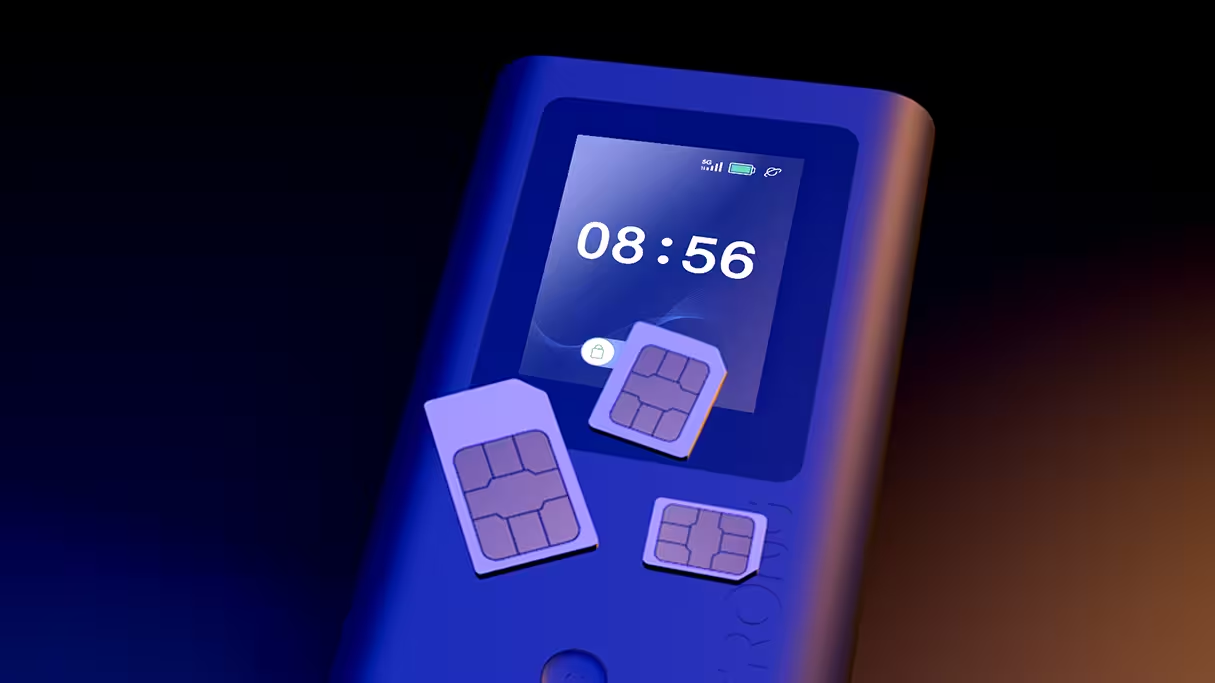Wi-Fi security is a major concern today, whether at home or in the workplace. A poorly secured wireless network can lead to intrusions, data theft, or even the hacking of connected devices. To prevent these risks, the WPA (Wi-Fi Protected Access) standards were developed, but not all WPA versions offer the same level of protection.
In this article, we’ll help you understand the key differences between WPA, WPA2, and WPA3, and why it’s essential to choose a router or repeater that supports the latest security standards. A good occasion to introduce STRONG's Wi-Fi products designed to keep your network safe and up to date.
What is WPA Security?
WPA was introduced in the early 2000s to replace the outdated WEP standard, which had become known for its vulnerabilities. It added stronger encryption using TKIP (Temporal Key Integrity Protocol), which offered better protection than WEP.
However, WPA had limitations. Over time, TKIP was found to be insufficient against newer types of cyberattacks. A more robust solution was needed: WPA2.

WPA2: The Trusted Standard for Over a Decade
WPA2, launched in 2004, became the global standard for Wi-Fi security for more than ten years. It replaced TKIP with a stronger encryption protocol called AES (Advanced Encryption Standard), which is still used today.
WPA2 was widely adopted in routers, repeaters, and connected devices. But like any technology, it wasn’t flawless. In 2017, the KRACK vulnerability highlighted weaknesses in WPA2 that allowed attackers to intercept traffic, even on encrypted networks.
WPA3 & Mixed Mode: Security That Meets Today’s Needs
WPA3 was introduced in 2018 to address the shortcomings of previous standards and to meet modern security requirements, especially with the rise of smart devices, remote work, and growing data sensitivity.
Key improvements of WPA3 include:
- Individual encryption for each device, even on public Wi-Fi.
- SAE (Simultaneous Authentication of Equals) protocol to prevent dictionary attacks.
- Enhanced protection for weak passwords.
- WPA3-Enterprise for business-grade encryption and authentication.
👉 But keep in mind: not all devices currently support WPA3. That’s where mixed mode comes in.
The WPA2/WPA3 mixed mode allows your router or repeater to support both WPA2 and WPA3 simultaneously. This means:
- Modern devices connect using WPA3 for maximum security.
- Older devices can still connect using WPA2, ensuring compatibility.
Mixed mode is crucial during this transition period, as many smart devices (printers, speakers, TVs, etc.) do not yet support WPA3. A router set to WPA3-only may block these devices from connecting entirely.
If a device does not support mixed mode, it can create a serious security flaw: users may be forced to downgrade the entire network to WPA2 or disable encryption altogether to allow all devices to connect.
STRONG and Wi-Fi Security: Our WPA2/WPA3-Compatible Products
At STRONG, security is a top priority. Our latest routers, repeaters, and Wi-Fi solutions support both WPA3 and WPA2 to give you flexibility without compromising safety.
Examples of compatible STRONG products:
- 5G MOBILE ROUTER AX3000, Speed up your internet connexion and benefit from the best internet offers where you live.
- REPEATERAX3000, Easily extend the range of your modem or router.
- MESHAX3000, Improve the coverage of your Wi-Fi network, connect more devices at the same time and get a better and stronger signal.
All STRONG products are certified to meet the latest European standards and come with a user-friendly interface for configuring your security settings with ease.

Best Practices to Secure Your Home Wi-Fi
Here are a few essential steps to keep your Wi-Fi network safe:
- Always select the highest available security level, preferably WPA3.
- Enable WPA2/WPA3 mixed mode if your devices vary in compatibility.
- Be cautious of devices that do not support mixed mode—this may leave some devices disconnected or prompt users to lower their security settings, exposing the network to risks.
- Change the default Wi-Fi password to a strong & complex one.
- Rename your Wi-Fi network (SSID) to something neutral (avoid using names like "MyName_Router").
- Regularly update your device firmware to patch vulnerabilities and improve performance.
Wi-Fi security has evolved significantly over the years:
- WPA was a step forward from WEP.
- WPA2 became the trusted standard for many years.
- WPA3 now provides the most advanced level of protection.
But upgrading security doesn’t mean sacrificing compatibility. WPA2/WPA3 mixed mode ensures all your devices stay connected while benefiting from modern encryption where possible.
By choosing STRONG’s Wi-Fi products, you get reliable, secure technology that’s ready for today, and tomorrow.










